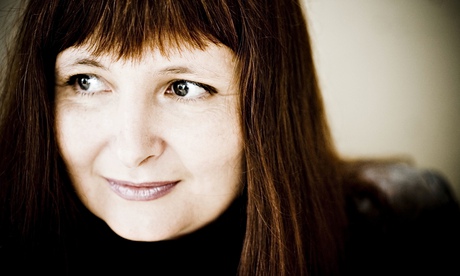
The striking baroque-jazz meld that characterises L'Arpeggiata's recent work has become more familiar of late, though perhaps less efficacious. Two years ago they gave us a quirky programme of 17th-century Italian vocal and instrumental music in which the fusion of period and modern instruments with baroque and jazz techniques was beguiling and revelatory. Their latest project, however, Music for a While: Improvisations on Henry Purcell, has caused controversy and doesn't have quite the same impact.
Released earlier this year, the album received punishing reviews, raising concerns that the balance had tipped too far towards jazz. For the live gig, there's been a gravitation back towards baroque. The piano has been dropped, and the saxophone and modern clarinet replaced with a renaissance cornetto, though L'Arpeggiata's director, Christina Pluhar, has wisely kept the remarkable jazz double-bassist Boris Schmidt, whose twanged ground basses add indelibly to the overall effect. The songs, meanwhile, shared on disc between classical, jazz and folk singers, are now all allotted to countertenor Philippe Jaroussky.
The best of it has an urbane sexiness, far removed from the rather chaste tradition of English Purcell performance. Jaroussky's voice hovers amorously and androgynously in the slow numbers, but his diction slips at speed, so we lose the ribaldry of such songs as 'Twas within a Furlong of Edinboro' Town. Man is for the Woman Made morphs into a bossa nova. Percussionist David Mayoral has a big solo number that is jaw-dropping but far too long, while Schmidt's riffs are breathtakingly genre-bending.
It's very much an evening about improvisation rather than Purcell purism. Jaroussky goes no further than occasional moments of vocal embroidery, though the players add extra variations to Purcell's ground basses and take his music off into territory that is very much their own.

